Blood pressure monitoring reinvented.
No calibration.
No squeezing cuff.
Non-invasive.
Accessible anywhere.
And so much more.
Esperto Medical is dedicated to delivering the future of healthcare and expanding access by creating revolutionary non-invasive diagnostic technologies. Medicine is ready for huge breakthroughs, yet the burden of some essential tasks, like vital sign monitoring, hinders efficiency. We aim to free clinicians and patients from the limitations of outdated technology.
Continuous blood pressure is the root of vital sign monitoring. Our Resonance Sonomanometry™ (RSM) technology combines sound in multiple frequency bands to measure artery shape and resonant frequencies. Together these determine arterial tension, which is related to blood pressure via Laplace’s law. Because RSM is a direct measurement, calibration to a reference is not needed. Additionally, it is not limited by BMI, age, gender, other demographic characteristics, or machine-learning population bias.
The accuracy and performance of RSM has been validated both in vitro and in vivo.
Esperto builds on this breakthrough with a noninvasive, wireless form factor that delivers accurate, continuous blood pressure monitoring without the need for calibration. Its design eliminates the bulk, discomfort, and interruption associated with cuff-based systems, allowing for seamless, 24/7 use across all patient populations. By providing a real-time stream of clinically validated data, Esperto empowers care teams to detect trends early, intervene proactively, and improve outcomes — all without the bias, friction, or maintenance burden of conventional devices.

Not yet commercially available. For healthcare professional use only.
How it works
Arterial resonance
Track shape and resonant frequencies over time to calculate blood pressure
Inclusive design
Existing optical blood pressure methods (i.e. methods using photoplethysmography such as pulse wave velocity, pulse transit time) for measurement of blood pressure have difficulty obtaining accurate measurements in individuals with dark skin tones leading to reduced access to high-quality care for patients with dark skin tones (1). Because resonance sonomanometry uses ultrasound, it is not subject to these measurement problems and, thus, makes noninvasive, continuous blood pressure monitoring available to individuals across the range of skin tones.
(1) Sjoding, M. W., Dickson, R. P., Iwashyna, T. J., Gay, S. E. & Valley, T. S. Racial Bias in Pulse Oximetry Measurement. N. Engl. J. Med. 383, 2477–2478 (2020).
Investors
We are deeply grateful to our investors for believing in our vision and supporting us on this journey.
Thanks to the following awards, partners, and funders who are supporting us along the way.
Partners & Funders

Customers
Esperto's technologies are applicable to a diversity of use cases as well as clinical and research settings.
Healthcare professionals
-
The first true, direct noninvasive, continuous, calibration-free blood pressure measurement.
-
Direct noninvasive blood pressure, pulse rate, respiratory rate, skin temperature, arterial radius, arterial wall thickness, arterial stiffness, and more.
-
Wearable B-mode imaging for IV insertion or other procedures where it is ideal to have two hands.
-
Resonance sonomanometry works on any artery visible to ultrasound, central and peripheral, enhancing the ability for clinicians to understand how peripheral and central vasculature differ in each patient.
Hospitals and Health Systems
-
Increased throughput leads to faster than placing an arterial catheter
-
Save costs from arterial line complications.
-
Better monitoring of members in and out of hospitals.
-
Enhanced understanding of baseline and pathological cardiovascular status in patients.
Patients
-
Safer than arterial catheters
-
No needles or squeezing.
-
Thousands of data points enable more comprehensive monitoring than blood pressure cuffs.
-
Better medication management for patients on blood pressure medications
Pharma Partners + Researchers
-
The most comprehensive cardiovascular assessment available.
-
Advanced hemodynamic metrics.
-
Simultaneous assessment of central and peripheral vasculature.
-
Possible predictive metrics.
Payers and Employers
-
-
Understand cardiovascular risks.
-
Prevent development of chronic disease.
-
Better manage hypertension, improving healthspan.

-
We are conducting ongoing studies with healthy volunteers in Orange County, CA, evaluating our novel method of continuous noninvasive blood pressure measurement in comparison to cuff-based blood pressure devices.
If you are interested in participating, please select your preferred study and fill out our contact form.
-
Hypertension has been the leading cause of death and disability-adjusted life years worldwide. ¹ Pooled data from 19 cardiovascular trials demonstrate a reduced risk of mortality from cardiovascular disease with strict blood pressure (BP) control;¹ yet BP remains unwieldy, inaccurate, and uncomfortable to obtain in both clinical and home settings. Approximately 700,000 people die in the U.S. every year from cardiovascular pathologies.² These pathologies, which could be detected early, tracked longitudinally, or prevented by continuous BP monitoring, are wide ranging and include hypertension, stroke, myocardial infarction, thrombosis (pulmonary embolism, deep vein thrombosis), preeclampsia/eclampsia, hypertrophic obstructive cardiomyopathy, and syncope. The CDC estimates that the economic impact for the treatment and loss of productivity due to stroke, heart disease, and hypertension is over $450B/year in the U.S.² ³ ⁵demonstrating a clear need for improved continuous noninvasive blood pressure technologies.
Unfortunately, the existing technologies for noninvasive BP measurement are limited and have changed very little since Korotkov first described the method in 1905.⁶ The standard BP cuff is uncomfortable, inaccurate,⁷ ⁸ requires patient buy-in and compliance for use,⁷ and is susceptible to measurement error when the cuff is not fitted properly.⁸ ⁹ Because of these limitations, hypertension frequently goes undiagnosed or else is overtreated or undertreated. Often, patients may not take medications appropriately, or their medication regimen can result in intermittent hypertension or hypotension due to inappropriate dosing, among other side effects.¹⁰⁻¹³A continuous, no-fuss BP monitoring system is greatly needed so that hypertension can be tracked more accurately and medications can be dosed according to 24-hour BP patterns.¹⁴ Better control of hypertension could lead to decreased incidence of diseases like hypertensive stroke or myocardial infarction.
Unlike all previous methods, Esperto takes a first-principles approach to calculate BP that (1) never requires calibration, (2) is independent of external references and ML assumptions, (3) applies to any artery, (4) can measure central BP, and (5) can also measure venous pressure. These innovations have the potential to diagnose more pathologies, in more patients, in more environments than ever before. Esperto plans to improve cardiovascular monitoring for patients whether they are in an urban hospital, a remote island, or even Mars.
References
1. Whelton, P. K. et al. 2017 ACC/AHA/AAPA/ABC/ACPM/AGS/APhA/ASH/ASPC/NMA/PCNA Guideline for the Prevention, Detection, Evaluation, and Management of High Blood Pressure in Adults: A Report of the American College of Cardiology/American Heart Association Task Force on Clinical Practice Guidelines. Hypertension 71, e13–e115 (2018).
2. Centers for Disease Control and Prevention. Heart Disease Facts. https://www.cdc.gov/heart-disease/data-research/facts-stats/?CDC_AAref_Val=https://www.cdc.gov/heartdisease/facts.htm. (2023).
3. Centers for Disease Control and Prevention. About Heart Disease. https://www.cdc.gov/heart-disease/about/index.html (2024).
4. Centers for Disease Control and Prevention. About High Blood Pressure. https://www.cdc.gov/high-blood-pressure/about/index.html (2025).
5. Centers for Disease Control and Prevention. Stroke Facts. https://www.cdc.gov/stroke/data-research/facts-stats/index.html (2024).
6. Kotchen, T. A. Historical Trends and Milestones in Hypertension Research. Hypertension 58, 522–538 (2011).
7. Sharman, J. E. et al. Automated ‘oscillometric’ blood pressure measuring devices: how they work and what they measure. J Hum Hypertens 1–8 (2022) doi:10.1038/s41371-022-00693-x.
8. Viera, A. J., Lingley, K. & Hinderliter, A. L. Tolerability of the Oscar 2 ambulatory blood pressure monitor among research participants: a cross-sectional repeated measures study. Bmc Med Res Methodol 11, 59 (2011).
9. Muntner, P. et al. Measurement of Blood Pressure in Humans: A Scientific Statement From the American Heart Association. Hypertension 73, e35–e66 (2019).
10. RuDusky, B. M. Unappreciated Side Effects of Antihypertensive Therapy. J. Am. Geriatr. Soc. 61, 1848–1848 (2013).
11. Hajjar, I. et al. Antihypertensive Therapy and Cerebral Hemodynamics in Executive Mild Cognitive Impairment: Results of a Pilot Randomized Clinical Trial. J. Am. Geriatr. Soc. 61, 194–201 (2013).
12. Fravel, M. A. & Ernst, M. Drug Interactions with Antihypertensives. Curr. Hypertens. Rep. 23, 14 (2021).
13. Wieling, W. et al. Diagnosis and treatment of orthostatic hypotension. Lancet Neurol. 21, 735–746 (2022).
White, W. B. Relevance of blood pressure variation in the circadian onset of cardiovascular events. J. Hypertens. 21, S9–S15 (2003).
-
Esperto Medical is currently hiring for these roles.
We're excited to work with talented and driven people. If the listed role(s) don't seem to fit and you're excited about what we do, feel free to send your resume to our general hiring inbox: hiring@esperto.health.
Roadmap
Esperto Medical is on track to change the way we practice medicine.
Help us reach our next milestone.




















